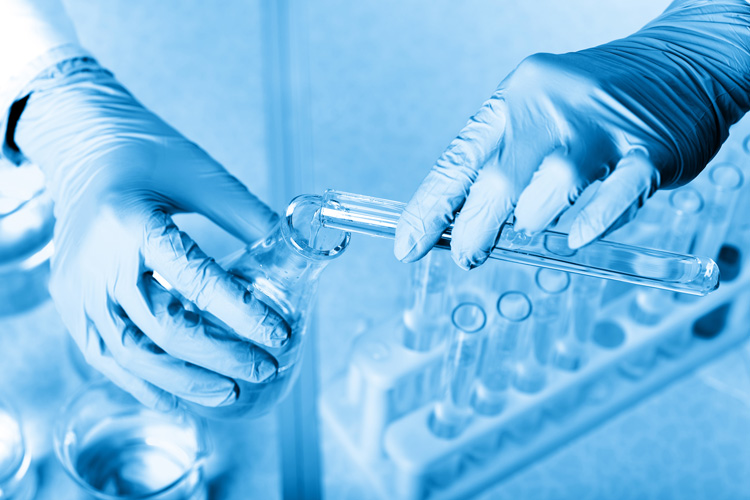+86-13961672821
+86-510-86268020
trust@hi2000.com
trust@hi2000.com
Room 807,No.169 Changjiang road,Huifu plaza,New centre,Jiangyin,Jiangsu China



Views: 0 Author: Site Editor Publish Time: 2025-10-01 Origin: Site









Pharmaceutical chemists lean heavily on polyacrylic acid (PAA) as a multi-talented excipient – and for good reason. Its knack for dissolving instantly in water and reacting to pH shifts makes it a go-to for precision drug release systems. Picture PAA forming hydrogel “nets” that safely trap active ingredients, then gradually letting them go by swelling predictably as they travel through the body. Take oral meds: PAA shields delicate drugs from stomach acid like microscopic body armor, then smoothly releases its payload deeper in the intestines.
That’s not all. PAA’s stickiness has practical perks too. As a tablet binder, it prevents crumbling during production and storage – a small thing that boosts shelf life significantly. Its secret weapon? Mucoadhesion. PAA lets nasal sprays, eye drops, or mouth patches cling stubbornly to moist tissues. Picture it stretching treatment times right where absorption matters most.
Walk into any high-end tannery and you’ll find PAA refining leather’s look and grit. It transforms coatings from good to great, laying down flexible films that resist scratches, moisture, and everyday wear. This lets manufacturers balance toughness with softness while deepening colors and locking in shine. But there’s a chemistry hack too: PAA latches onto stray metal ions in dyes, curbing uneven coloring and trapping heavy metals before they become environmental headaches.
Ever wonder how paints keep vibrant color consistency? Credit PAA’s dual role as dispersant and binder. Its chemical hooks attach to pigments like molecular motivators, stopping clumping so colors stay true from can to canvas. As a binder, it’s the invisible grip helping paint grab metal, wood, and plastic through heat, rain, or chemicals. The bonus? PAA crosslinks into tougher-than-average finishes that stand up to punishment.
Water-based formulas rely on PAA’s thickening talents and emulsion powers. It suspends polymers perfectly, ensuring coatings glide smoothly and dry consistently with minimal VOC emissions. Production teams love its compatibility with water systems, while architects demand the hardier films it creates – surfaces that endure scrubbing while shrinking the eco-footprint.
Polyacrylic acid threads through labs and factories thanks to its Swiss Army knife profile: dissolves anywhere, responds to pH cues, layers durable films, and chemically hooks onto stray metals. From tomorrow's time-released pills to scratch-defiant leather goods and planet-friendlier paints, PAA masters the art of marrying performance with sustainability. Field chemists report it’s become indispensable precisely because it solves multiple challenges without fresh compromises.